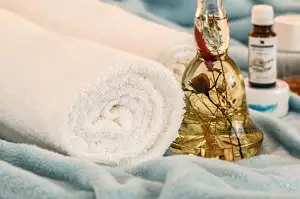Traditional Tattoo Needle: An Enduring Legacy in Body Art
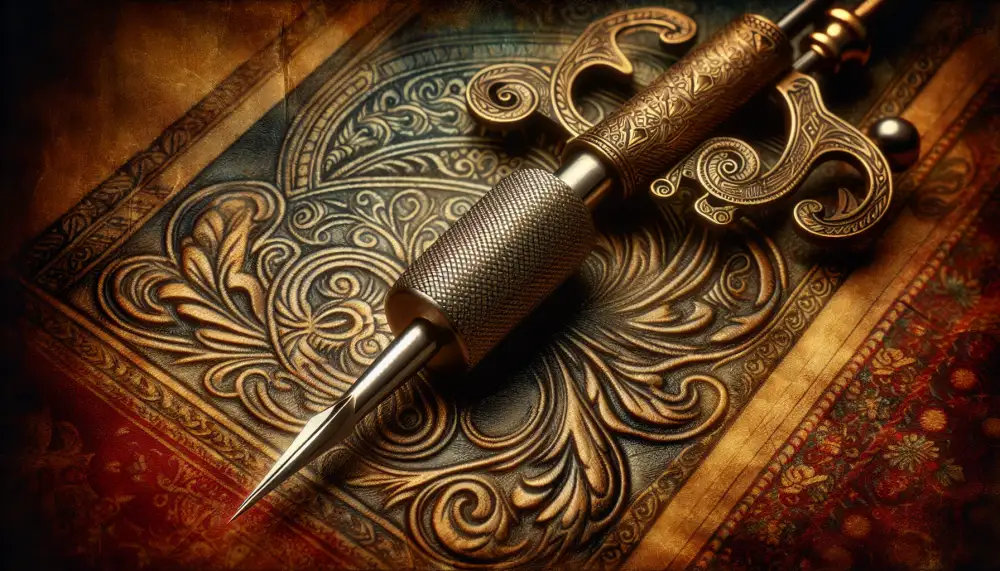
History of Traditional Needles
The earliest forms of tattooing involved rudimentary tools, a far cry from the sophisticated equipment we associate with the art today. Ancient civilizations utilized sharpened bone, stone, or thorns, often bound together with sinew or plant fibers, to create the implements that etched permanent patterns onto the skin. These early needles, while simple, represent the genesis of tattooing, a practice deeply woven into the tapestry of human history.
As civilizations advanced, so did their tattooing techniques. Evidence suggests that around 2000 BC, the ancient Egyptians developed needles crafted from bronze, a significant leap forward in both material and design. These needles, often grouped in a row of three or more, allowed for the creation of finer lines and more intricate designs. The use of bronze needles spread throughout various cultures, including the Greeks and Romans, solidifying its place in the evolution of traditional tattooing.
The evolution of the tattoo needle continued in the East. In Japan, a unique approach to tattooing emerged, employing hand-poked techniques. This method, known as "tebori," utilized hand-crafted needles made from steel. These needles, known as "hari," were meticulously crafted by artisans, with varying lengths and configurations depending on the desired effect. Tebori masters took pride in their needles, often passing them down through generations, signifying the importance of these tools in Japanese tattooing tradition.
While the Industrial Revolution brought about the invention of the electric tattoo machine in the late 19th century, traditional hand-tapped methods persisted. Many cultures and artists around the world continued to prefer the hand-crafted needles and time-honored techniques passed down through generations. These traditional needles, imbued with history and artistry, remain a testament to the enduring legacy of tattooing and its evolution through time.
How They're Made
Traditional tattoo needles, the kind that have been etching ink into skin for centuries, are a far cry from the sterile, single-use cartridges of today. These needles are crafted with a focus on simplicity and functionality, their creation a testament to the enduring spirit of this ancient art form.
The journey begins with a length of surgical-grade stainless steel wire, chosen for its strength, corrosion resistance, and biocompatibility. This wire forms the backbone of the needle, its gauge carefully selected to match the desired line weight and ink flow. Thicker gauges translate to bolder lines, while thinner gauges allow for finer details.
Next comes the shaping of the needle. Using specialized pliers, the artisan meticulously bends the wire into a tight loop, forming the needle's "eye." This eye serves as the attachment point for the tattoo machine's armature bar, which will drive the needle up and down. The length of the loop is crucial, as it directly influences the needle's throw – the distance it travels with each stroke.
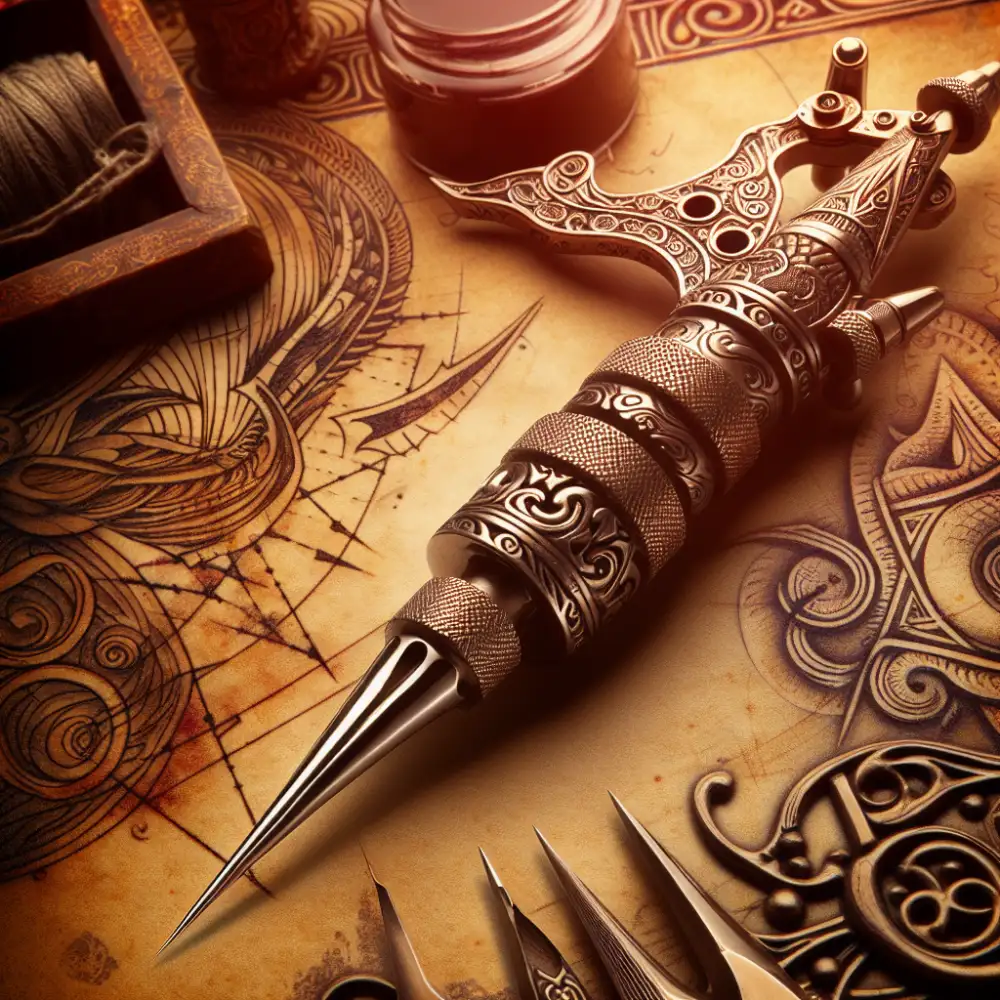
With the eye complete, the focus shifts to the needle's point. Here, the artisan's skill truly shines. Using a fine sharpening stone, they meticulously grind the wire's end to a precise angle and sharpness. This point, often referred to as the "taper," determines how the needle penetrates the skin and deposits ink. Different tapers are used for different effects, from sharp, crisp lines to softer, shaded areas.
For traditional tattooing, a specific type of needle configuration reigns supreme: the "round liner." As the name suggests, these needles are arranged in a circular pattern, their points soldered together at the very tip. The number of needles in a round liner can vary, from a single needle for the finest lines to a dozen or more for bold outlines and geometric patterns.
The soldering process is a delicate one, requiring a steady hand and a keen eye. Using a low-temperature silver solder, the artisan carefully fuses the needles together, ensuring they are perfectly aligned and evenly spaced. This alignment is crucial for consistent ink flow and a smooth, even tattoo.
Once the needles are soldered, the artisan meticulously inspects their handiwork, checking for any imperfections or inconsistencies. Any flaws could compromise the needle's performance, leading to uneven lines, blowouts, or even skin damage.
Finally, the needles are thoroughly cleaned and sterilized, ready to be loaded into a tattoo machine and put to use. These hand-crafted tools, imbued with the artisan's skill and passion, serve as a testament to the enduring legacy of traditional tattooing, where every line etched into the skin is a testament to the enduring power of this ancient art form.
Differences from Modern Needles
Traditional tattoo needles, often crafted by hand, bear striking differences to their modern, manufactured counterparts. One key distinction lies in the grouping of the needles. Traditional needles are often soldered onto a single needle bar, creating a solid, pre-set configuration. This differs from modern needles, which are typically available in individual, sterilized packages and come in a wide array of pre-made configurations, allowing artists to easily swap between groupings for different effects.
The sharpening process also sets them apart. Traditional tattoo needles are often sharpened and shaped by hand, using techniques passed down through generations. This meticulous process results in needles with unique tapers and points, each influencing the ink flow and the final tattoo aesthetic. Modern needles, however, are machine-sharpened to ensure uniformity and precision. While this guarantees consistency, it lacks the individual touch and potential variation found in hand-sharpened needles.
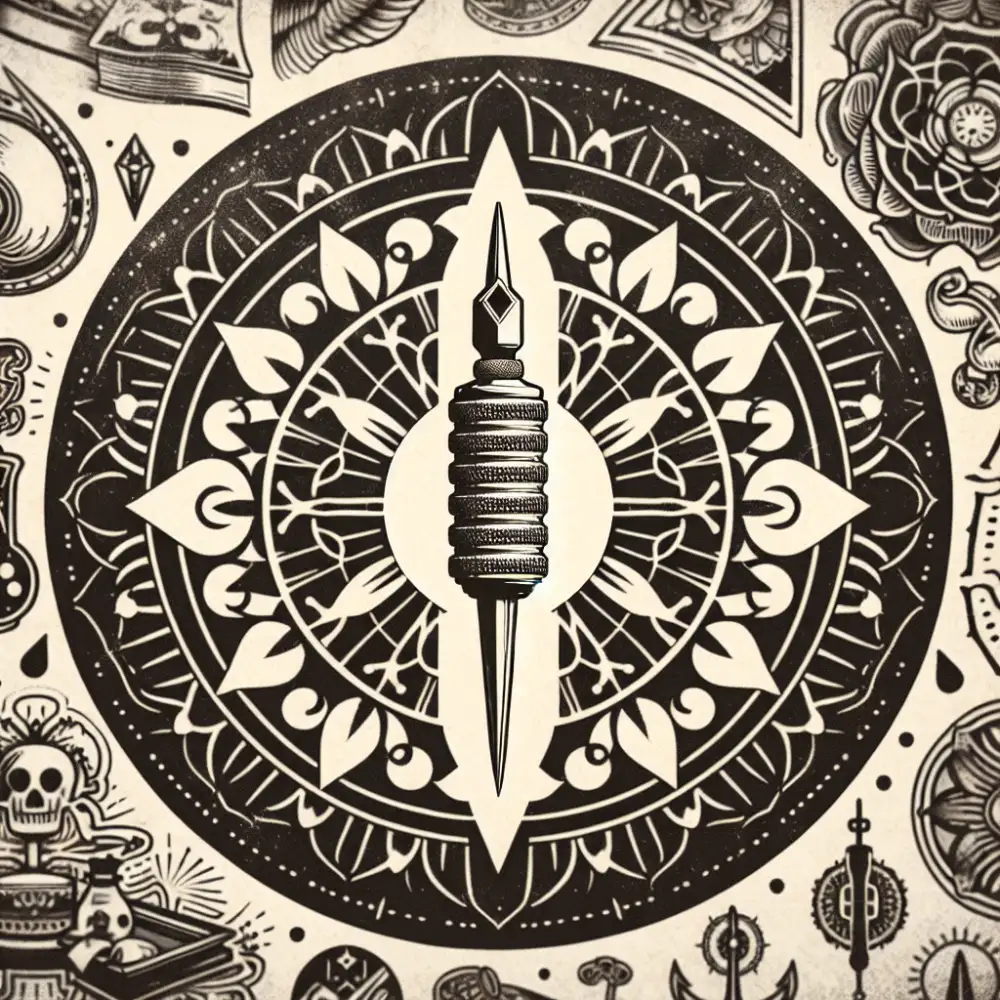
The materials used also differ. Traditional needles might be fashioned from a variety of metals, including sewing needles, guitar strings, or even sharpened springs, depending on the geographic location and resources available. Modern needles, in contrast, are typically made from surgical-grade stainless steel, ensuring sterility and minimizing the risk of allergic reactions.
Lastly, the method of sterilization highlights a significant difference. Traditional methods often involve open flame sterilization, which, while effective, requires a high level of skill and carries a higher risk of contamination if not performed correctly. Modern needles, on the other hand, are sterilized using autoclaves, guaranteeing sterility and minimizing the risk of infection.
| Feature | Traditional Tattoo Needle | Modern Cartridge Needle |
|---|---|---|
| Construction | Soldered needles to a needle bar | Individually housed needles in a plastic cartridge |
| Sterilization | Requires autoclave sterilization | Pre-sterilized and single-use |
| Needle Configuration | Limited variations, often custom-made | Wide variety of pre-made configurations |
The Unique Tattoo Experience
The experience of getting a traditional tattoo, often referred to as a hand-tapped tattoo, is distinct from that of using a modern tattoo machine. It's a journey back to the roots of tattooing, a more intimate and rhythmic process. Central to this experience is the tool itself: the traditional tattoo needle. Unlike the complex mechanism of a tattoo machine, the traditional needle setup is elegantly simple. It involves a grouping of needles, often soldered to a needle bar, which is then attached to a handle. This entire assembly is dipped into ink and then manually poked into the skin.
The type of needle grouping, or configuration, plays a crucial role in the final outcome of the tattoo. One of the most common configurations, particularly in traditional American and Japanese tattooing, is the round liner. As the name suggests, it's designed for creating lines. The needles are arranged in a tight, circular pattern, allowing for precise and consistent linework. The number of needles in a round liner can vary, with larger groupings used for bolder outlines and smaller groupings for finer details. The simplicity of the tool doesn't equate to simplicity in technique. The angle, depth, and rhythm of hand-poking require immense skill and control. The artist becomes one with the needle, feeling the skin's resistance and adjusting accordingly. This intimate connection between artist, tool, and canvas contributes to the unique character of each hand-tapped tattoo.
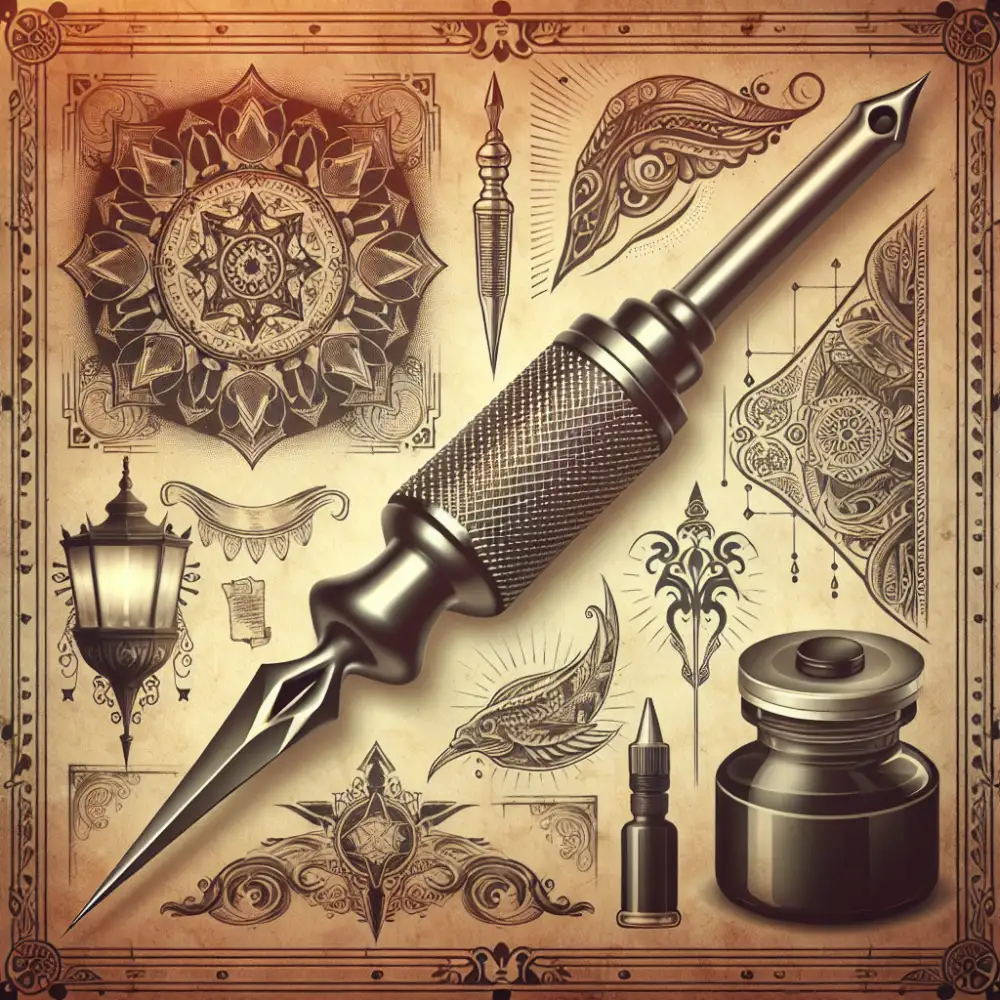
Finding a Reputable Artist
Finding a reputable artist is just as important as choosing the right tattoo design. When it comes to traditional tattooing, finding an artist with experience in this specific style is crucial. Traditional tattoos often involve bold lines and vibrant colors, and a skilled artist will have a deep understanding of how to achieve these effects using traditional tattoo needles.
Traditional tattoo needles differ from modern cartridge needles. They consist of a grouping of individual needles soldered to a needle bar. These needles are then loaded into a tattoo machine. The configuration of the needles, such as their diameter and how closely they're grouped, determines the type of line or shading the needle will create. For instance, a round liner needle group is used for outlines, while a magnum needle group is used for shading and color packing.
A reputable traditional tattoo artist will have an extensive knowledge of these different needle configurations and how to use them effectively. They'll be able to advise you on the best needle choices for your specific design, ensuring that your tattoo heals well and maintains its vibrancy over time.
Don't hesitate to ask potential artists about their experience with traditional tattooing and needles. Look at their portfolio for examples of traditional tattoos they've done. Pay attention to the line quality, color saturation, and overall aesthetic. A good artist will be happy to discuss their process and answer any questions you may have. Remember, a tattoo is a big decision, and finding the right artist with the right skills is essential for a successful and satisfying tattoo experience.
Published: 23. 06. 2024
Category: Food

